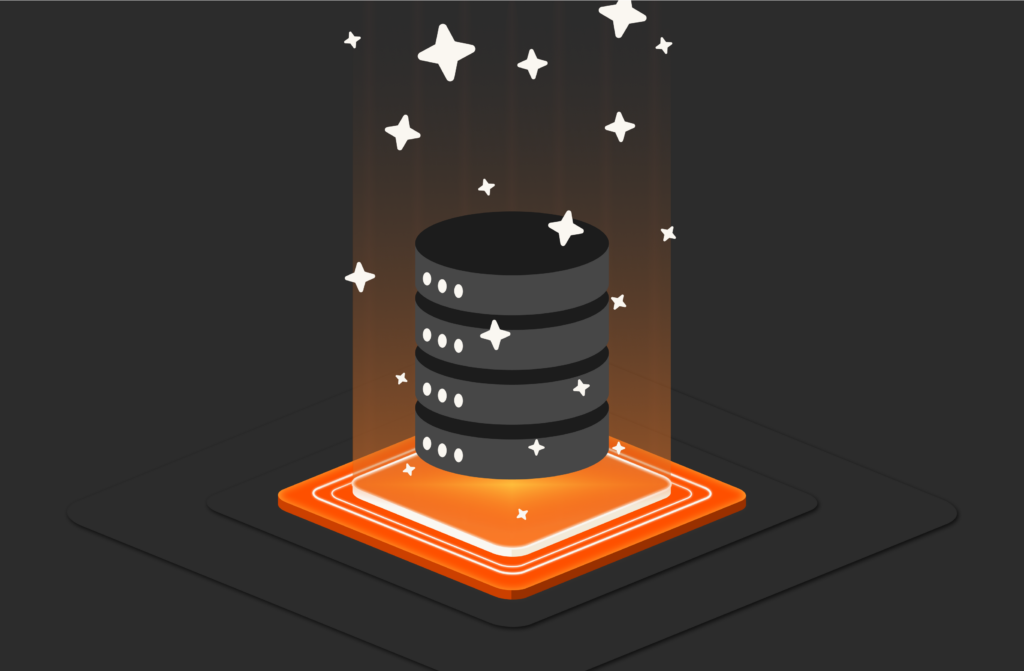The definition and purpose of edge computing has evolved and expanded since Gartner’s oft-cited 2019 prediction that by 2025, the amount of enterprise-generated data created and processed outside a traditional centralized data center or cloud will reach 75%. We’ve likely reached that figure, but that’s only part of the edge computing story.
Today’s edge is hosting entire application environments, bringing them closer to users. Edge computing is also playing a growing role in the larger story of organizations using hybrid clouds, private networks, and edge deployments together—combining them to build customized, purpose built systems optimized for their specific needs. In this world, the edge might collect data from a local source, analyze it for immediate decision-making, and process it to reduce its size before exporting it to cloud based storage or applications.
At the core of such a system is storage that can support the connectivity, throughput, and low latency demanded by modern applications such as AI training. Ideally, data will be freely moved, without barriers, to anywhere, from anywhere, as often as needed. Technologies such as data tiering can help make this ideal a reality.
What’s Happening in the Edge Computing World?
1. AI and ML workloads keep moving to the edge
Whether it’s a customer-facing generative AI solution, technology for industrial robotics, or real-time processing for autonomous vehicles, entire AI and ML workloads are closer to the data collection, users, and systems they interact with. More and more applications need the lowest latency possible—for example, to provide a seamless experience for users or produce actionable results in real time.
Hyperscalers and their partners have responded to this need by developing sophisticated platforms for deploying AI applications at the edge. AWS IoT Greengrass is an open-source edge computing platform that enables not just local cloud processing but also deployment of full computing environments to support applications. NVIDIA Jetson Orin™ is a line of high powered embedded AI computers designed for advanced applications.
2. Edge-as-a-service options are on the rise
Partnerships between hyperscalers and telecom providers, like AWS Wavelength and Microsoft Edge Zones, smooth the way for enterprises to deploy at the edge without large upfront investments. Edge-as-a-service combines the use of leading private networks (such as private 5G) with IoT and edge computing technology to create cloud-based services on demand and at needed scale.

FlashBlade//EXA
Experience the World’s Most Powerful Data Storage Platform for AI
3. 5G comes of age, with 6G in the pipeline
Private 5G networks are capable of greater customization, enabling more complex use cases for industrial and enterprise environments. In an automated factory, for example, machines for each step in the manufacturing process, from milling parts to packaging and shipping, must be kept in synchronization, regardless of interruptions.
Coming up is 6G wireless networking technology in the next decade. 6G is expected to improve speed, reduce latency, and enable new use cases such as immersive experiences and computing environments, real-time remote surgical procedures, and advanced autonomous vehicle operations.
4. Edge computing can help AI go green
As hyperscalers and AI companies become more concerned about their environmental footprint, edge computing has emerged as an important strategy for reducing energy-intensive data transmission. Edge computing helps by processing and cleansing data at the source before it’s transmitted. The process not only helps applications get a head start on using the data, but can also reduce the size of transmissions and optimize energy usage for greater efficiency and lower cost. Modern edge infrastructure solutions like Pure Storage support sustainability through reduced power and cooling requirements.
5. Distributed edge architectures share the data loads
Edge deployments are called on to build distributed architectures where multiple micro data centers collaborate to process and share data locally. The idea is that this team of compute pods will perform better than a single one, especially during peak usage periods. Having multiple pods also allows optimization according to energy usage and existing load limitations, and can help with updates and edge change management.
6. Zero trust reshapes security for edge computing
Edge computing introduces new vulnerabilities, so zero trust principles are used to secure IoT devices, containers, and microservices on the edge. Secure Access Service Edge (SASE), a cloud-based edge-specific security framework, includes features such as a firewall, a cloud access security broker, a secure web gateway, and zero trust network access. Equally important is the use of immutable backups like Pure’s SafeMode snapshots to defend against ransomware and data breaches.
7. Edge computing is enabling autonomous systems for more use cases
Autonomous systems that collect data, integrate data from outside sources, and perform complex computations at the edge,without help from the cloud, are popping up for many use cases, even mission-critical cases. In healthcare, patient monitoring technologies can proactively alert clinicians; in infrastructure and energy management, autonomous systems can optimize power grids and enable data-driven traffic management.
Enable Your Edge Computing Edge
Implementing an edge solution can present several challenges. Because edge solutions are designed to handle a specific purpose, they’ll use limited resources and have limited capability.
The scope and purpose of your edge solution must be clearly defined for it to be effective. You also need to figure out the minimum level of connectivity needed, determine the data life cycles, and implement an overall security plan.
To help solve your edge computing challenges, the Pure Storage® platform offers high-density, low power consumption and easy remote management, making it ideal for deployments at edge locations:
FlashArray™ with VMware integration to create a hybrid-cloud solution, supporting a 5G multimode infrastructure that combines virtual machines and containers. Learn more about Portworx.
FlashBlade®, the world’s leading unified fast file and object (UFFO) platform. It’s ideally suited for analytics, machine learning, artificial intelligence, and similar edge data processes.

Engineered for the Edge
Get the most complete Kubernetes data services platform.






